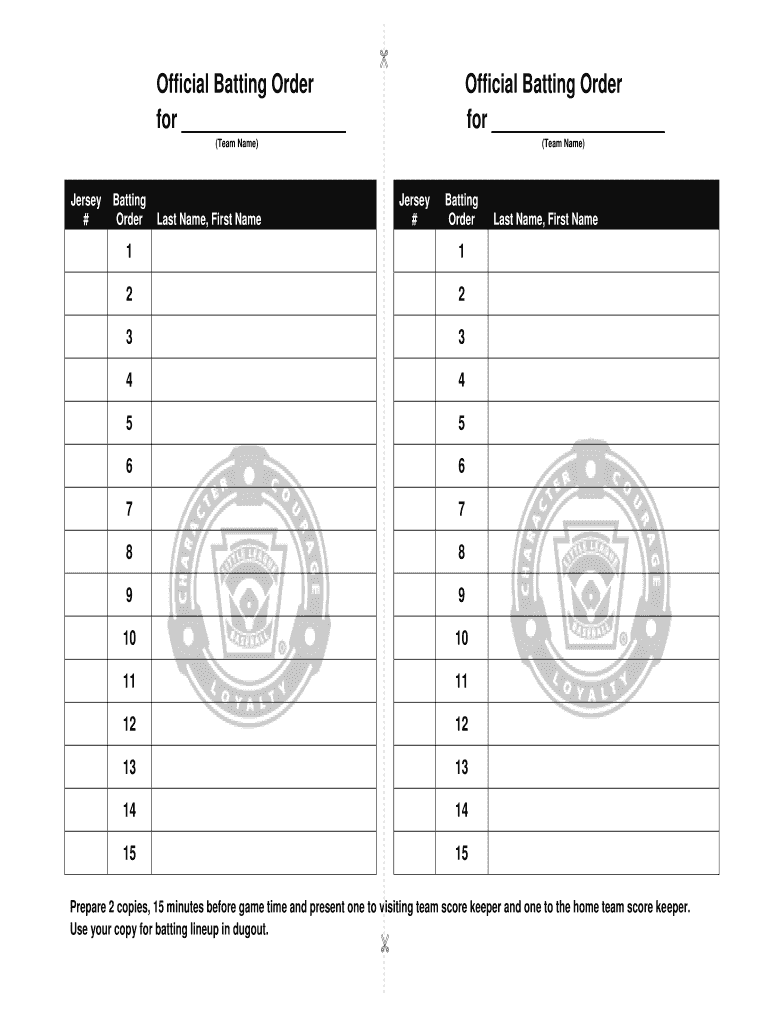The Ultimate Guide To Briefs: A Comprehensive Overview

Table of Contents
Understanding the Purpose of a Brief
What is a brief, and why are they essential? Simply put, a brief is a concise document that outlines the goals, objectives, and requirements of a project. It serves as a roadmap, ensuring everyone involved is on the same page from the outset. Without a well-defined brief, projects can quickly veer off course, leading to wasted time, resources, and ultimately, failure.
Different types of briefs exist, each tailored to specific needs:
- Marketing Briefs: Focus on marketing strategies, target audiences, and campaign objectives.
- Design Briefs: Detail the visual aspects of a project, including branding, style guides, and design specifications.
- Creative Briefs: Outline the creative direction and messaging for a project, often used in advertising and content creation.
- Project Briefs: Provide a comprehensive overview of all aspects of a project, encompassing scope, timeline, budget, and deliverables.
The benefits of using well-written briefs are numerous:
- Clear communication and shared understanding: Everyone understands the project's goals and expectations.
- Reduced ambiguity and rework: Clear instructions minimize misunderstandings and costly revisions.
- Efficient project management: Well-defined tasks and timelines streamline the workflow.
- Improved collaboration between stakeholders: A shared document facilitates seamless teamwork.
- Defined scope and deliverables: Keeps the project focused and prevents scope creep.
Key Components of an Effective Brief
Several key components contribute to an effective brief. Let's explore each in detail:
Defining the Objectives
Setting SMART goals is paramount:
- Specific: Clearly define what needs to be achieved. Avoid vague language.
- Measurable: Establish quantifiable metrics to track progress.
- Achievable: Set realistic goals considering resources and timelines.
- Relevant: Ensure the objectives align with the overall project goals.
- Time-bound: Set specific deadlines for achieving each objective.
For example, instead of "Increase brand awareness," a better objective would be "Increase brand awareness by 20% within the next quarter, as measured by social media engagement and website traffic."
Target Audience Analysis
Understanding your target audience is critical:
- Ideal client/customer profile: Create detailed personas representing your target audience.
- Needs, motivations, and behaviors: Research their preferences, pain points, and purchasing habits.
- Thorough market research: Utilize data and analytics to inform your understanding.
Messaging and Tone
Establishing a consistent brand voice is essential:
- Brand voice and style guide: Ensure consistency in language, tone, and visual identity.
- Key messages: Identify the core messages you want to communicate.
- Channel consistency: Maintain a uniform voice across all communication channels.
Deliverables and Timeline
Clearly define what's expected and when:
- Specific deliverables: List all required outputs (e.g., website, report, video).
- Realistic deadlines: Set achievable milestones and a final delivery date.
- Project phases and workflows: Outline the steps involved in the project.
Budget and Resources
Transparency about resources is crucial:
- Allocated budget: Clearly state the project's budget.
- Required resources: Identify necessary personnel, tools, and software.
- Budgetary constraints: Address any potential limitations upfront.
Writing a Compelling Brief
Crafting a compelling brief requires careful planning and execution:
- Structure for clarity: Use headings, subheadings, and bullet points to improve readability.
- Visual aids: Incorporate charts, graphs, and images to enhance understanding.
- Concise and impactful language: Use clear, concise language, avoiding jargon.
- Feedback and iteration: Share drafts with stakeholders for feedback and refinement.
- Industry examples: Review successful briefs from various industries for inspiration.
Using Briefs Effectively
Even the best brief requires ongoing management:
- Regular review and updates: Monitor progress and adjust the brief as needed.
- Communication and accountability: Use the brief as a tool for communication and to track progress.
- Addressing discrepancies: Proactively address any challenges that arise.
- Progress tracking: Use project management tools to track progress against objectives.
- Success measurement: Evaluate the project's success against the defined objectives.
Conclusion
This ultimate guide to briefs has provided a comprehensive overview of everything you need to know about creating, understanding, and utilizing effective briefs. By mastering the art of the brief, you can significantly improve project outcomes, foster better collaboration, and achieve your goals more efficiently. Remember, a well-crafted brief is the foundation of any successful project. Start writing clearer, more effective briefs today and experience the difference! Download our free brief template to get started! (Link to Template)

Featured Posts
-
 Official Zak Starkey Reinstated As The Who Drummer
May 23, 2025
Official Zak Starkey Reinstated As The Who Drummer
May 23, 2025 -
 Honeywells Potential Acquisition Of Johnson Mattheys Catalyst Unit A Deep Dive
May 23, 2025
Honeywells Potential Acquisition Of Johnson Mattheys Catalyst Unit A Deep Dive
May 23, 2025 -
 Mexico Vs Panama Hora Canal Y Donde Ver La Final De La Liga De Naciones Concacaf
May 23, 2025
Mexico Vs Panama Hora Canal Y Donde Ver La Final De La Liga De Naciones Concacaf
May 23, 2025 -
 Dan Lawrences England Call Up Opening The Batting Order And Beyond
May 23, 2025
Dan Lawrences England Call Up Opening The Batting Order And Beyond
May 23, 2025 -
 Dominant Zimbabwe Start Muzarabani And Masakadzas Impressive Performance
May 23, 2025
Dominant Zimbabwe Start Muzarabani And Masakadzas Impressive Performance
May 23, 2025
Latest Posts
-
 Check Before They Re Gone Movies Leaving Hulu This Month
May 23, 2025
Check Before They Re Gone Movies Leaving Hulu This Month
May 23, 2025 -
 Julianne Moore Stars In Siren Trailer 1 Review Dark Comedy Series
May 23, 2025
Julianne Moore Stars In Siren Trailer 1 Review Dark Comedy Series
May 23, 2025 -
 Hulus Departing Movies A Quick Guide For Month Year
May 23, 2025
Hulus Departing Movies A Quick Guide For Month Year
May 23, 2025 -
 Month Year S Hulu Movie Departures What To Watch Before They Go
May 23, 2025
Month Year S Hulu Movie Departures What To Watch Before They Go
May 23, 2025 -
 Netflixs Sirens Trailer Milly Alcocks Supergirl And Julianne Moores Cult
May 23, 2025
Netflixs Sirens Trailer Milly Alcocks Supergirl And Julianne Moores Cult
May 23, 2025
